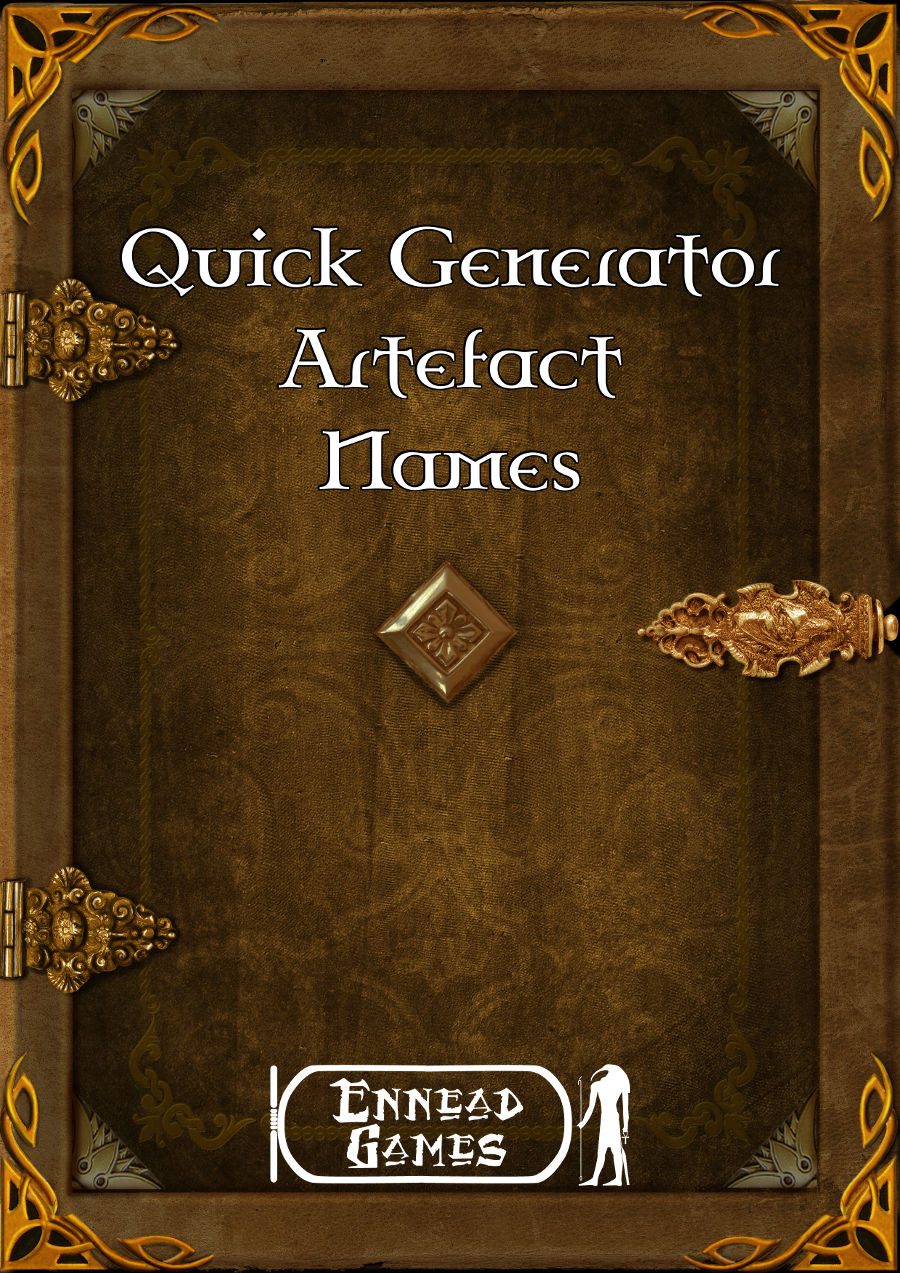Type of Dungeon: Occupied Structure
Walls: Masonry
Floors: Flagstone
Doors: Wooden
Stuck Doors: 5 Percent
Traps: 30 Percent
Occupied Structure
This type of dungeon is still in use. Creatures (usually intelligent) live there although they may not be the dungeons creators. An occupied structure might be a home/a fortress/a temple/an active mine/a prison/or a headquarters. This type of dungeon is less likely to have traps or wandering beasts and more likely to have organized guards both on watch and on patrol. Traps or wandering beasts that might be encountered are usually under the control of the occupants. Occupied structures have furnishings to suit the inhabitants, as well as decorations – supplies – and the ability for occupants to move around (doors they can open – hallways large enough for them to pass through – and so on). The inhabitants might have a communication system – and they almost certainly control an access to the outside.
Some dungeons are partially occupied and partially empty or in ruins. In such cases, the occupants are typically not the original builders but instead a group of intelligent creatures that have set up their base – lair or fortification within an abandoned dungeon.
Walls: Masonry
The most common kind of dungeon wall – masonry walls are usually at least 1 foot thick. Often these ancient walls sport cracks and crevices and sometimes dangerous slimes or small monsters live in these areas and wait for prey. Masonry walls stop all but the loudest noises. It takes a DC 20 Climb check to travel along a masonry wall.
Floors: Flagstone
Flagstone floors are made of fitted stones. They are usually cracked and only somewhat level. Slime and mold grows in these cracks. Sometimes water runs in rivulets between the stones or sits in stagnant puddles. Flagstone is the most common dungeon floor.
Doors: Wooden
Constructed of thick planks nailed together – sometimes bound with iron for strength (and to reduce swelling from dungeon dampness) – wooden doors are the most common type. Wooden doors come in varying strengths: simple – good and strong doors.
Simple doors (break DC 13) are not meant to keep out motivated attackers.
Good doors (break DC 16), while sturdy and long-lasting, are still not meant to take much punishment.
Strong doors (break DC 23) are bound in iron and are a sturdy barrier to those attempting to get past them.
Iron hinges fasten the door to its frame, and typically a circular pull-ring in the center is there to help open it. Sometimes, instead of a pull-ring, a door has an iron pull-bar on one or both sides of the door to serve as a handle. In inhabited dungeons, these doors are usually well maintained (not stuck) and unlocked, although important areas are locked up if possible.
Created by using : Tablesmith
Related articles
- Dungeon’s Master Joins Twitter, Follow @ameron_dm (dungeonsmaster.com)
- Worst Dungeon Map Ever? from Raging Swan (raging-swan.livejournal.com)
- D&D Next/Dungeon Command (wizards.com)




